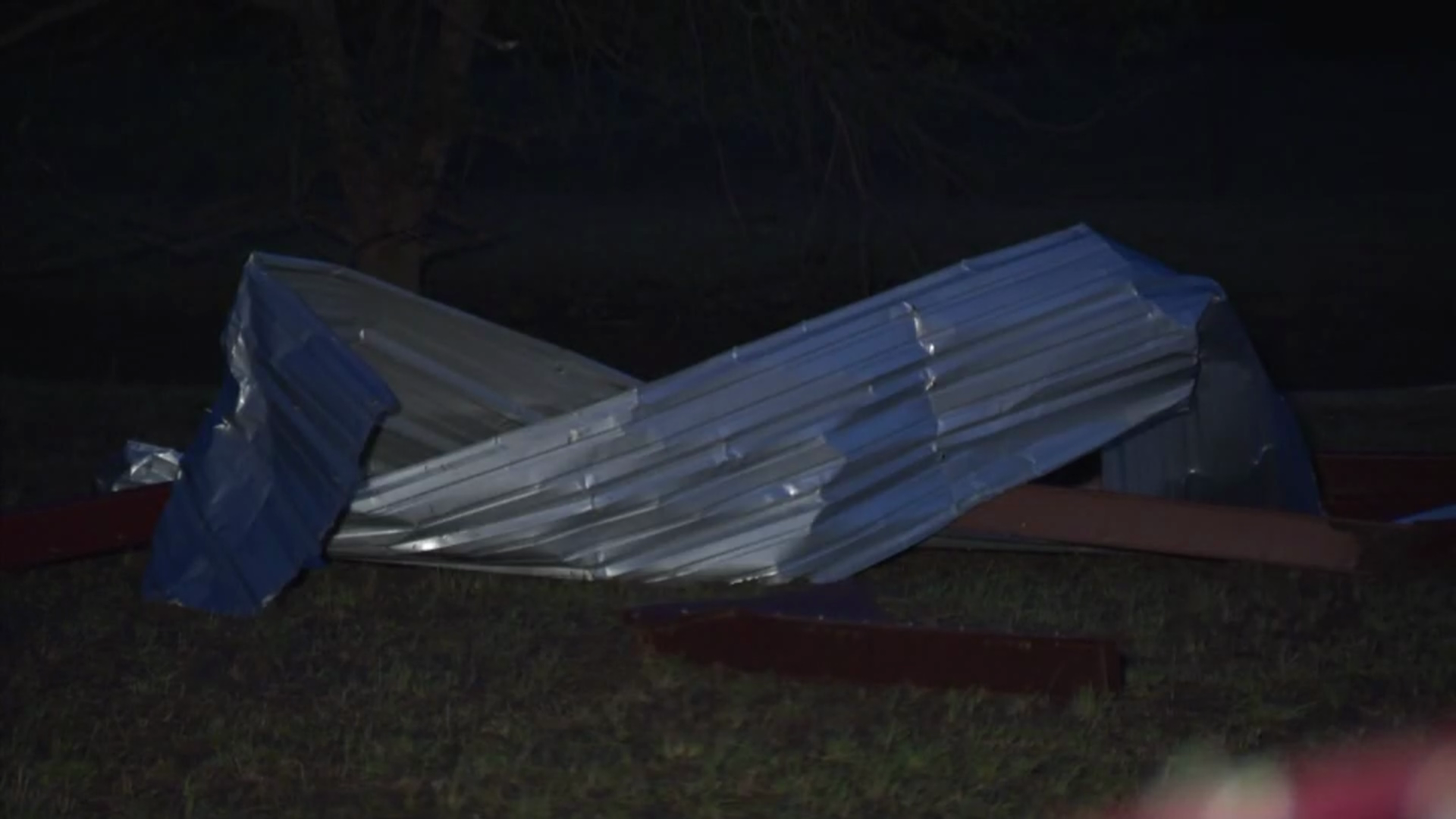Last year, 359 liver transplants were made possible by live liver donation.
It’s a number that has grown over the past three years and experts say it may be evidence that more people are learning about what can be, for some, the only life-saving option.
Twenty-one-year-old Ashley Ray suffered from liver disease since age nine.
When she was 19, her liver failed.
“I deteriorated very fast, and Dr. Hemming said I wouldn’t have made it waiting on the transplant list,” said Ray.
Her uncle, Keith Garcia, found out he was a blood type match and he volunteered to donate half his liver.
“I felt confident that I would survive what the surgery entailed,” said Garcia.
Local
The latest news from around North Texas.
Alan Hemming, M.D., chief of transplantation at UC San Diego Health says live liver donation allows patients to get transplants before they get too sick.
“It doesn’t take away the risk of transplantation, it just takes away the risk of dying on the waiting list,” Hemming explained.
In an eight-hour surgery, Hemming and his team removed 60 percent of Garcia’s liver and transplanted it into Ray.
Both halves of Garcia’s liver will grow back to nearly full-size.
“It was just a once-in-a-lifetime experience to see my uncle standing on the other side with half of his liver inside me, keeping me alive,” said Ray.
Donors risk complications or death, but Garcia recovered quickly, returning to work in two weeks.
Despite the live liver option, the American Liver Foundation says about 17,000 people are on the waiting list to get a liver transplant.
Only a third of them will get a liver, and every year, as many as 1,700 people die waiting.
Doctors say because of the increased risk, live liver donation is still rare.
Less than 5 percent of liver transplants have a live donor.
Patients and their families should only make a decision about living donor transplantation after being fully informed of the risks and benefits from a physician.
To become an organ donor, a blood test will have to be done to determine if a donor’s blood and tissue types are compatible with the organ recipient.
All that’s needed to match is blood type to be a live liver donor.
A donor will also go through a thorough physical examination and psychological evaluation and several other tests to ensure that they in good health and that their liver can be safely divided.
Since the liver does not grow back as well in older people, donors must be less than 55-years-old.
To register to be an organ donor, click here.



